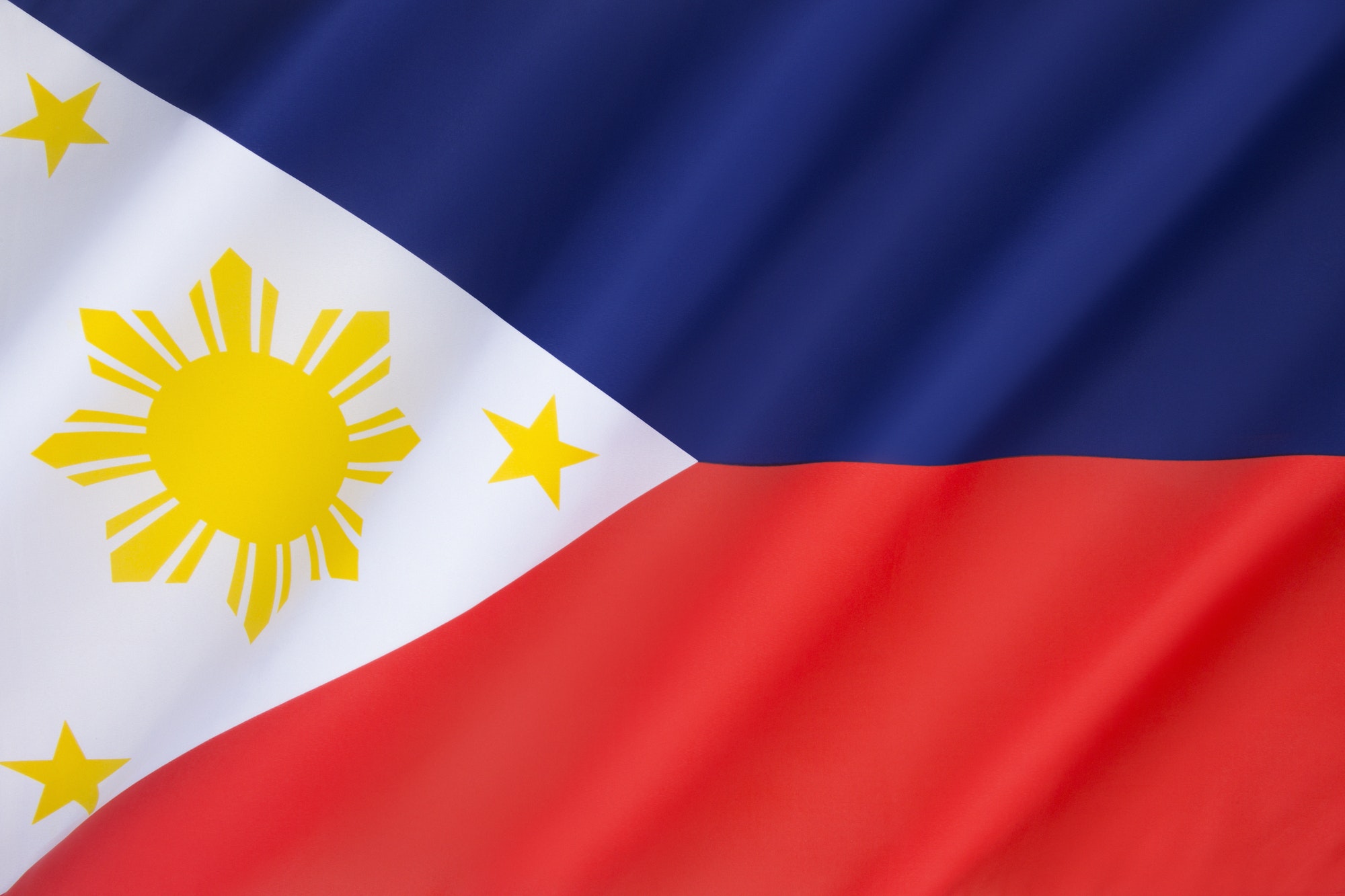Let’s dive into what happened during the recent Mindanao earthquake in the Philippines. We’ll cover everything from the initial quake to its aftermath, including the tragic loss of a pregnant woman and the ongoing challenges in the region.

Breaking Down the Mindanao Earthquake: The Basics and Its Effects
The Earthquake and Its Follow-Up Shocks
Mindanao, a region known for earthquakes, was hit hard by a big one with a magnitude of 7.6, according to the US Geological Survey. This wasn’t the end, though. Several strong aftershocks, some over magnitude 6.0, shook the area again. The Philippine Institute of Volcanology and Seismology kept track of these, recording aftershocks ranging from 1.4 to 6.2 in magnitude.
The Human Cost: Loss and Displacement
In a really sad turn of events, a pregnant woman died because of the earthquake. There were also four people injured and nine missing. The Defence Secretary, Gilbert Teodoro, said that 529 families were directly hit by this disaster.

Getting People to Safety and Helping Them Out
People living near the coast in Surigao Del Sur and Davao Oriental were told to leave their homes for safety. A hospital in Butuan City had to move its patients because of the quake’s impact. In Hinatuan, close to the earthquake’s center, shelters were set up for people who had to leave their homes.
The Pacific Ring of Fire: Why This Area Gets So Many Earthquakes
Frequent Earthquakes in the Area
The Philippines, like Japan, is in the Pacific “Ring of Fire.” This zone is famous for a lot of earthquakes because it has many active fault lines. The Mindanao earthquake is a clear sign of how prone this area is to natural disasters.
The Earthquake’s Reach Beyond the Philippines
What’s interesting is that the earthquake affected areas outside the Philippines too. In Japan, which is northeast of the Philippines, small tsunami waves were seen on some islands. This shows how earthquakes in the Ring of Fire can have effects that reach far beyond their immediate area.

Frequently Asked Questions (FAQs) About the Mindanao Earthquake
Q1: What was the magnitude of the Mindanao earthquake?
A1: The Mindanao earthquake had a magnitude of 7.6, as measured by the US Geological Survey.
Q2: Were there any aftershocks following the main quake?
A2: Yes, several significant aftershocks followed the main quake, with magnitudes ranging from 1.4 to over 6.0.
Q3: What was the human impact of the earthquake?
A3: Tragically, a pregnant woman lost her life. Additionally, four people were injured, and nine were reported missing. Around 529 families were directly affected by the earthquake.
Q4: Were any evacuation measures taken?
A4: Yes, residents in coastal areas like Surigao Del Sur and Davao Oriental were advised to evacuate. Also, a hospital in Butuan City had to evacuate its patients, and evacuation centers were set up in Hinatuan.
Q5: What is the Pacific Ring of Fire, and why is it significant?
A5: The Pacific Ring of Fire is an area known for its intense seismic activity, including frequent earthquakes and volcanic eruptions. The Philippines, including Mindanao, is part of this region, which explains the high frequency of seismic events there.
Q6: Did the earthquake affect areas outside the Philippines?
A6: Yes, the effects of the earthquake were felt beyond the Philippines. In Japan, small tsunami waves were observed on some outlying islands, indicating the far-reaching impact of seismic events in the Ring of Fire.
Q7: What should residents in earthquake-prone areas do to stay safe?
A7: Residents should have an emergency plan, know evacuation routes, and keep an emergency kit ready. It’s also important to stay informed about local seismic activity and follow any evacuation orders from authorities promptly.
Q8: How can people help those affected by the earthquake?
A8: Donations to reputable relief organizations and volunteering with local groups are effective ways to help. Financial contributions are often more helpful than donating goods, as they allow organizations to address specific needs more efficiently.
Q9: Can aftershocks be as strong as the main quake?
A9: Aftershocks are usually less powerful than the main quake, but in some cases, they can be quite strong and cause additional damage or injuries.
Q10: How can I stay updated on seismic activity in my area?
A10: You can stay updated by following local news, signing up for alerts from seismic monitoring agencies, and using smartphone apps designed to provide real-time information on earthquakes.
Sources BBC


